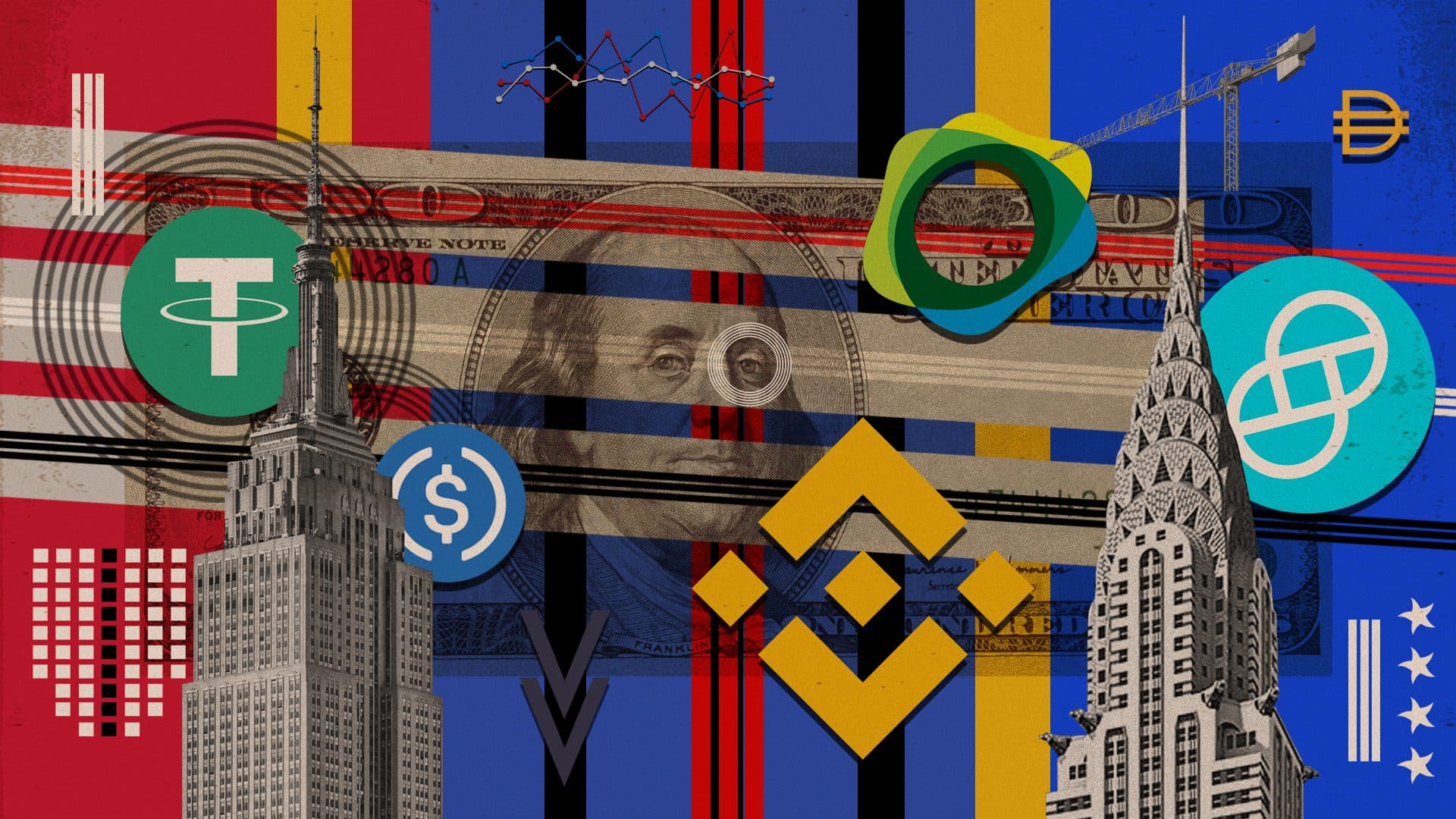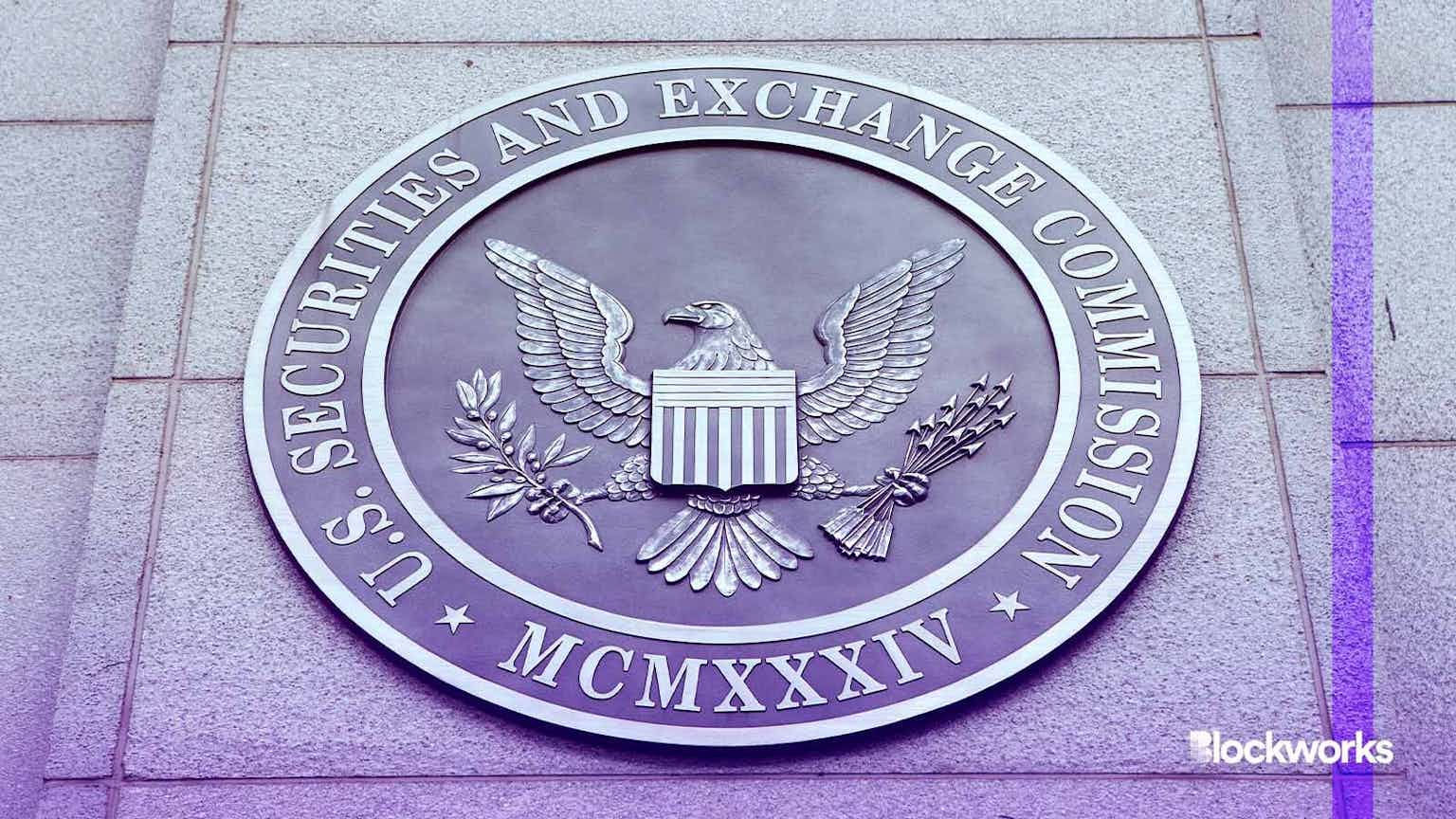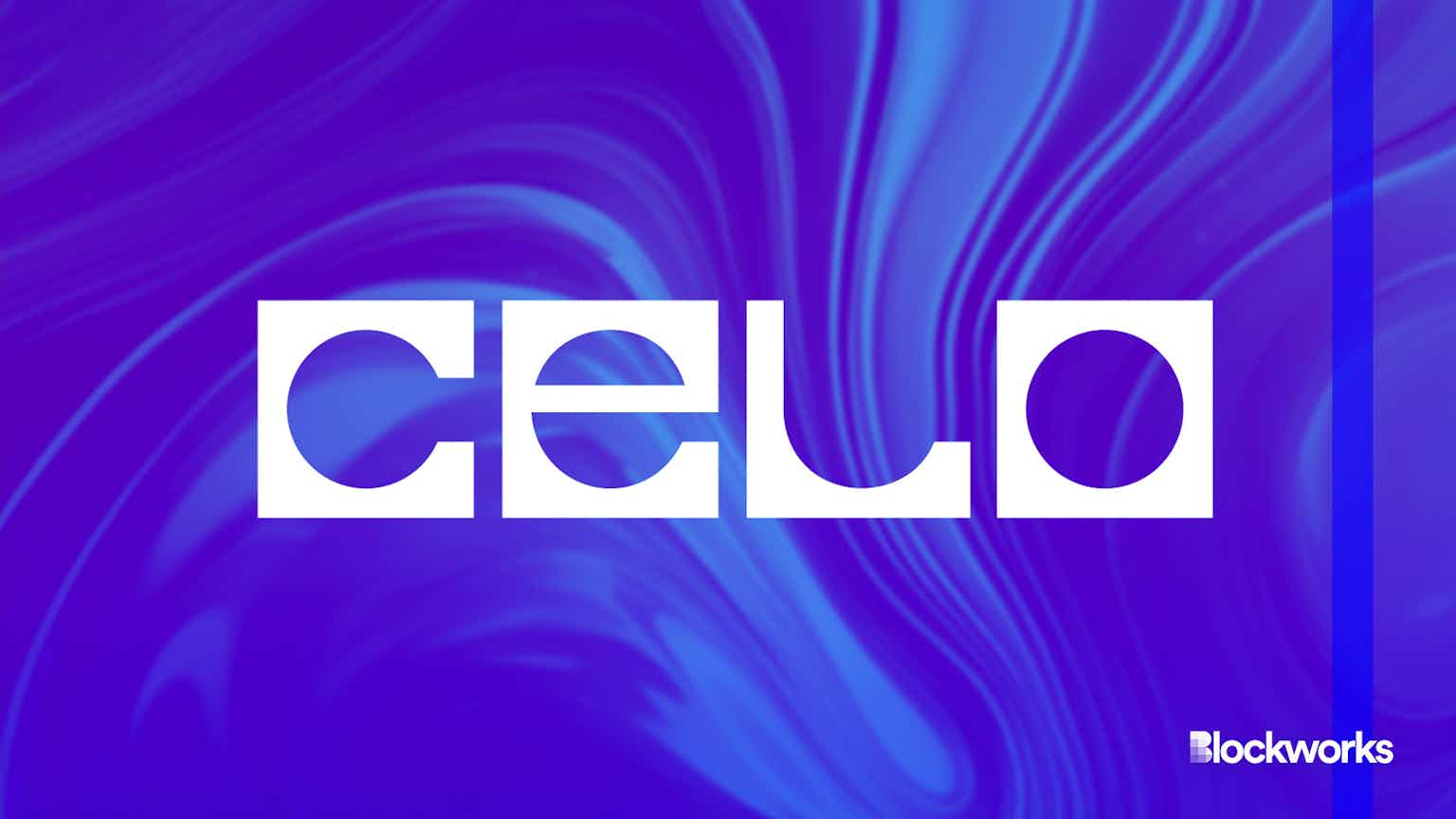Binance To Rename All Stablecoin Holdings to BUSD
User balances in USDC, USDP and TUSD will be converted into the exchange’s Binance USD stablecoin on Sept. 29

Blockworks Exclusive Art by Axel Rangel
key takeaways
- Binance said the move is meant to enhance liquidity and capital efficiency for users
- “Converged dollar books on Binance — now same as on FTX and Coinbase — is a good thing,” Circle’s CEO said
Cryptocurrency exchange Binance is removing multiple stablecoin trading pairs and will automatically convert user holdings in USDC and other stablecoins — with the exception of Tether’s USDT — into its own Binance USD (BUSD) token.
Binance said on Monday that existing balances and new deposits of USDC, pax dollar (USDP) and trueUSD (TUSD) will be converted into BUSD on Sept. 29 at 11 pm ET.
This effectively means that competing stablecoins — and their order books — will be consolidated into the platform’s native stablecoin. The move won’t affect withdrawals, however, and Binance customers will still be able to pull out funds denominated in the three stablecoins.
Users who want to convert their holdings into BUSD at a 1:1 ratio before the auto-conversion can do so manually on Binance Convert between Sept. 26 and Sept. 29.
Binance said the move “is a business decision to enhance liquidity and capital efficiency for users.”
“BUSD being 100% backed by cash and cash equivalents and a stablecoin regulated by the New York State Department of Financial Services (NYDFS), users can be protected,” a spokesperson told Blockworks.
BUSD is managed by third party Paxos, which handles dollar redemptions, asset treasuries and attestations.
Binance added that USDT is not one of the stablecoins involved in the auto-conversion initiative, but didn’t provide a reason as to why. The spokesperson declined to comment when asked how much USDC is currently held in Binance’s wallets.
Rival exchange FTX similarly aggregates stablecoin deposits of USDC, TUSD, USDP and BUSD as “USD” in its customer’s exchange wallets while accounting for USDT balances separately. FTX does not have its own branded stablecoin.
USDC, which is issued by Circle, is the second most valuable stablecoin after tether with a market capitalization of roughly $52 billion, Blockworks Research’s portal shows. Binance’s stablecoin trails behind by a wide margin with a market cap of $19.4 billion, tether boasts about $67.5 billion.
Circle’s co-founder and CEO Jeremy Allaire appeared to be on board with Binance’s decision, predicting the move would lead to a gradual net share shift from Tether to BUSD and USDC. “Converged dollar books on Binance — now same as on FTX and Coinbase — is a good thing,” he wrote.
Meanwhile, a Circle spokesperson was more objective about the move. “Based on market activity, it would seem much of this transition has already passed and while optimizing dollar liquidity on the world’s largest exchange may carry benefits, the paradigm does raise potential market conduct questions,” they told Blockworks.
The decision to remove most rival stablecoins as trading pairs was also met with some skepticism. One Twitter commentator described Binance’s decision as “crypto monopoly 101.”
However, Binance’s plan allows users to continue to withdraw USDC, USDP or TUSD at a ratio of 1:1 from their BUSD balances after the conversion, so no one is forced to use BUSD to interact with Binance.
Start your day with top crypto insights from David Canellis and Katherine Ross. Subscribe to the Empire newsletter.





